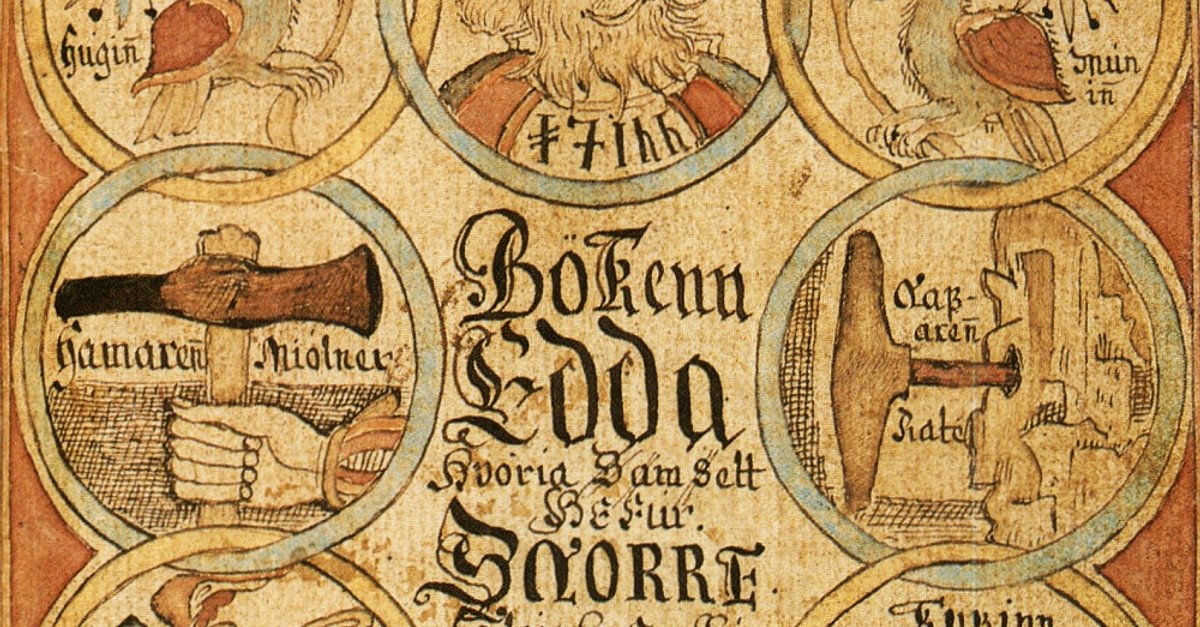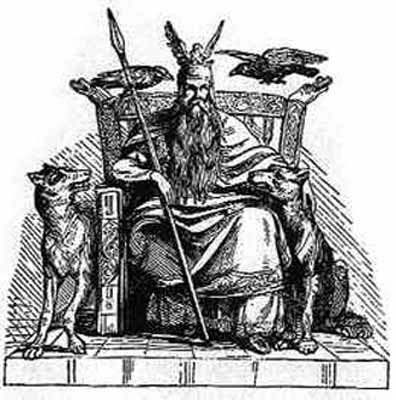

However, it was later renamed the Prose Edda so that it could be distinguished from its counterpart the Poetic Edda.

Originally, it was known simply as the Edda. Its function was similar to that of a textbook, educating Icelanders to understand the subtleties of the alliterative verse and grasp the meaning behind the kennings so often used. The seven manuscripts within the Prose Edda do vary greatly from each other, and they were compiled between AD 13. The Prose Edda consists of four sections, breaking the contents down into areas that discuss the gods, Norse mythology, and Skaldic poetry to name a few. We can promise you that it’s quite an exciting ride. Join us as we learn more about what this text contains, who wrote it, and more of the history behind it.

There are several debates that surround the Prose Edda and its faithfulness to the source material that was provided at the time. However, that doesn’t mean that this text is not without its flaws. It is an Old Norse textbook, compiled during the 13th Century, and is considered to be the fullest and most detailed source for Norse mythology and the way in which the Germanic peoples worked pre-Christianisation. One can also see that although Snorri was a Christian, these myths held a great fascination for him.The Prose Edda is one of the most well-known texts and a foundational well of knowledge with regards to our understanding of Norse mythology in modern times. Many of the kennings can only be understood by a detailed knowledge of the stories of the gods, so Snorri included them in his work. The Prose Edda is an extremely important work, not only for its insight into the nature of Skaldic verse, but also for the wealth of mythological information that it contains. The Skáldskaparmal, or Poetical Diction, is a description of the nature of Old Norse Skaldic verse, and information of how to compose it. Gylfi asks their names and is told, "his name is Hárr but the next is named Janhárr and he who is uppermost is called Thridi." There then follows a series of questions asked by Gylfi in which he learns the old myths. Within the hall were three high seats, one above the other, with three lord sitting there. He disguised himself and set out to discover the truth. The Gylfaginning, or the deluding of Gylfi, tells how King Gylfi was concerned with the power of the Æsir, and how that came about. It is of interest not only for the valuable information of these myths that it contains, but also because Snorri gives what is one of the earliest attempts to suggest a rational explanation for the origin of these myths. The Prologue outlines the Old Norse creation myths.

It was intended as a handbook for poets wishing to write Skaldic verse. The Prose Edda was written by Snorri Sturluson c.1200.


 0 kommentar(er)
0 kommentar(er)
